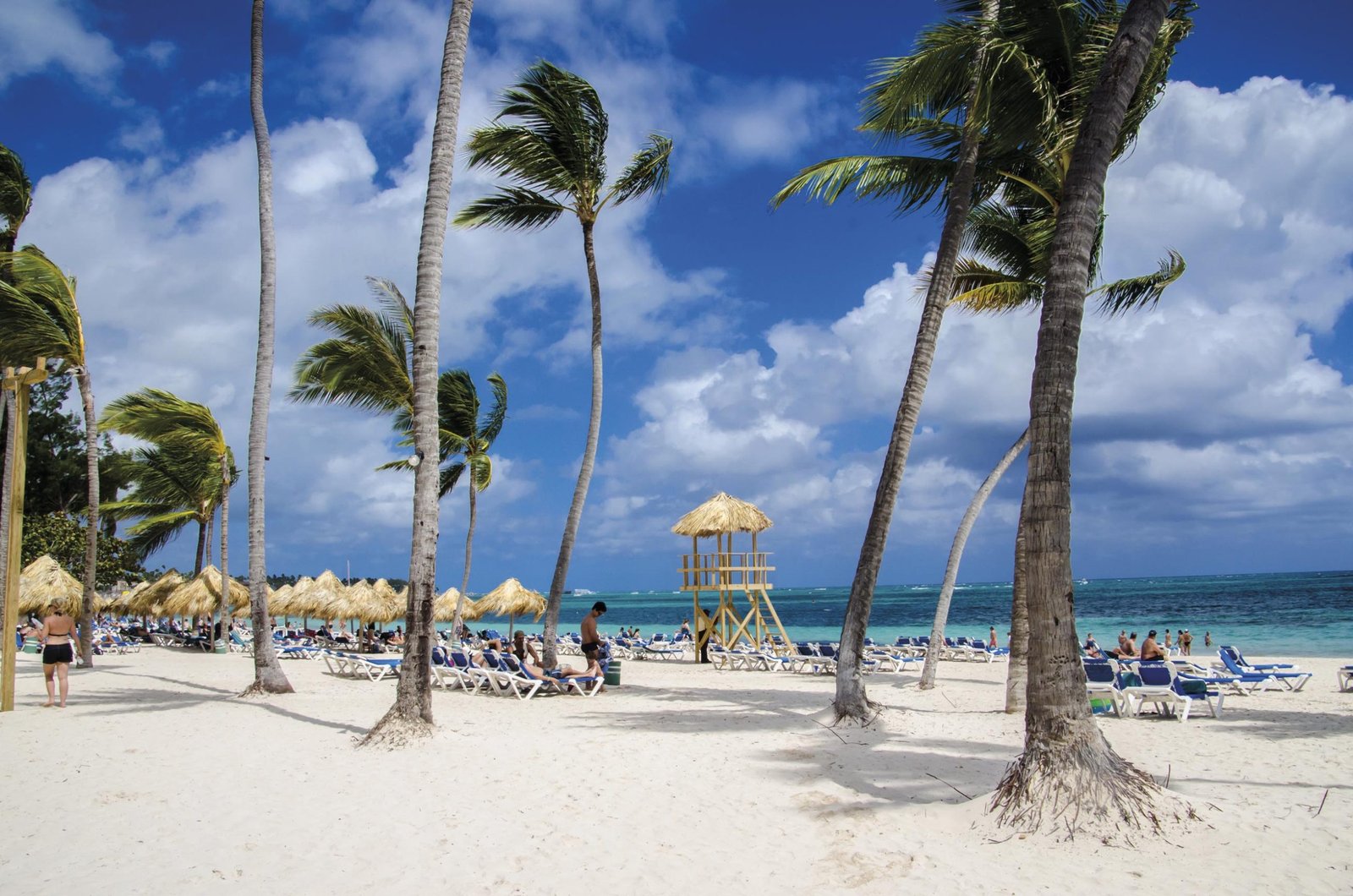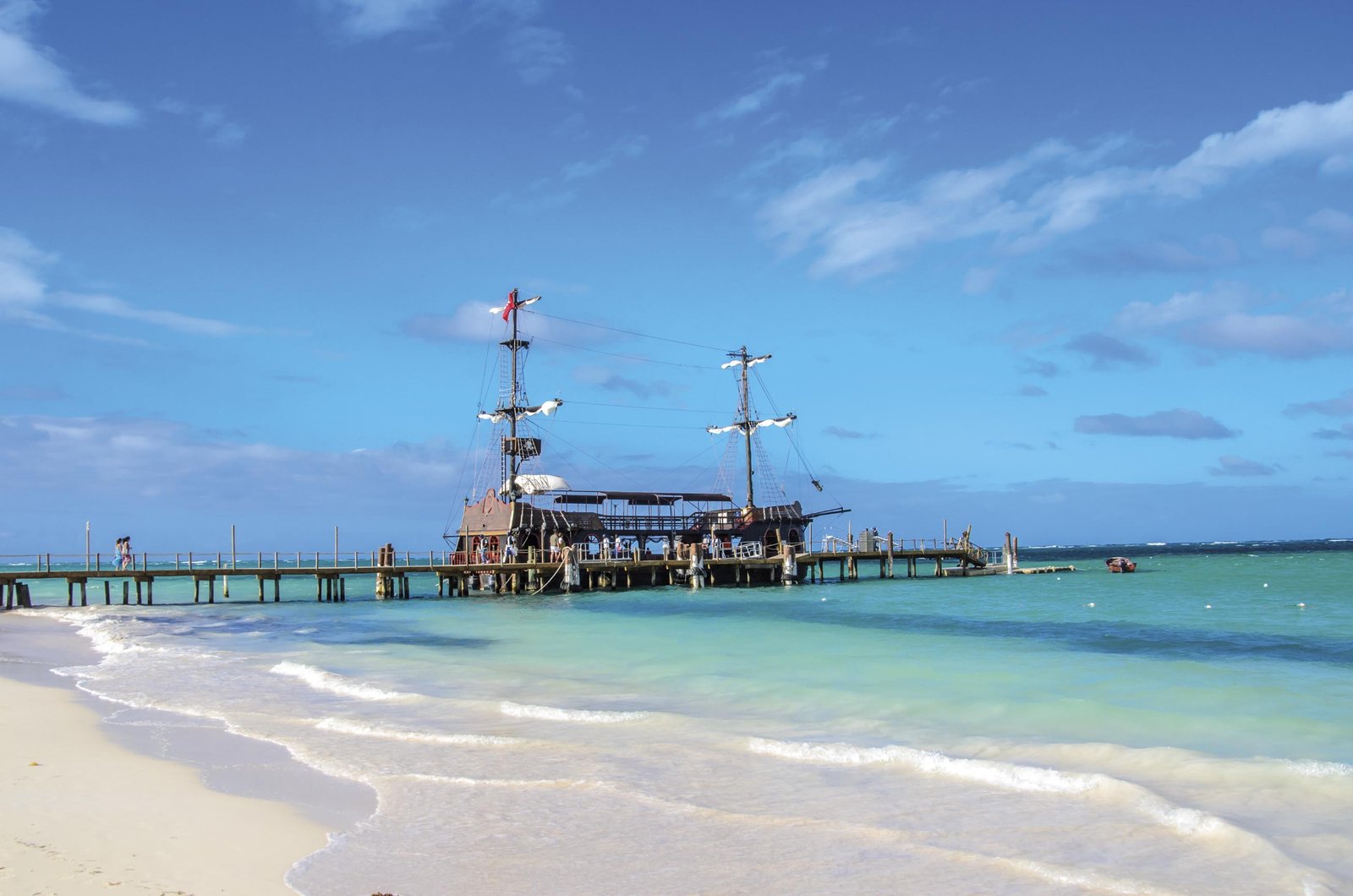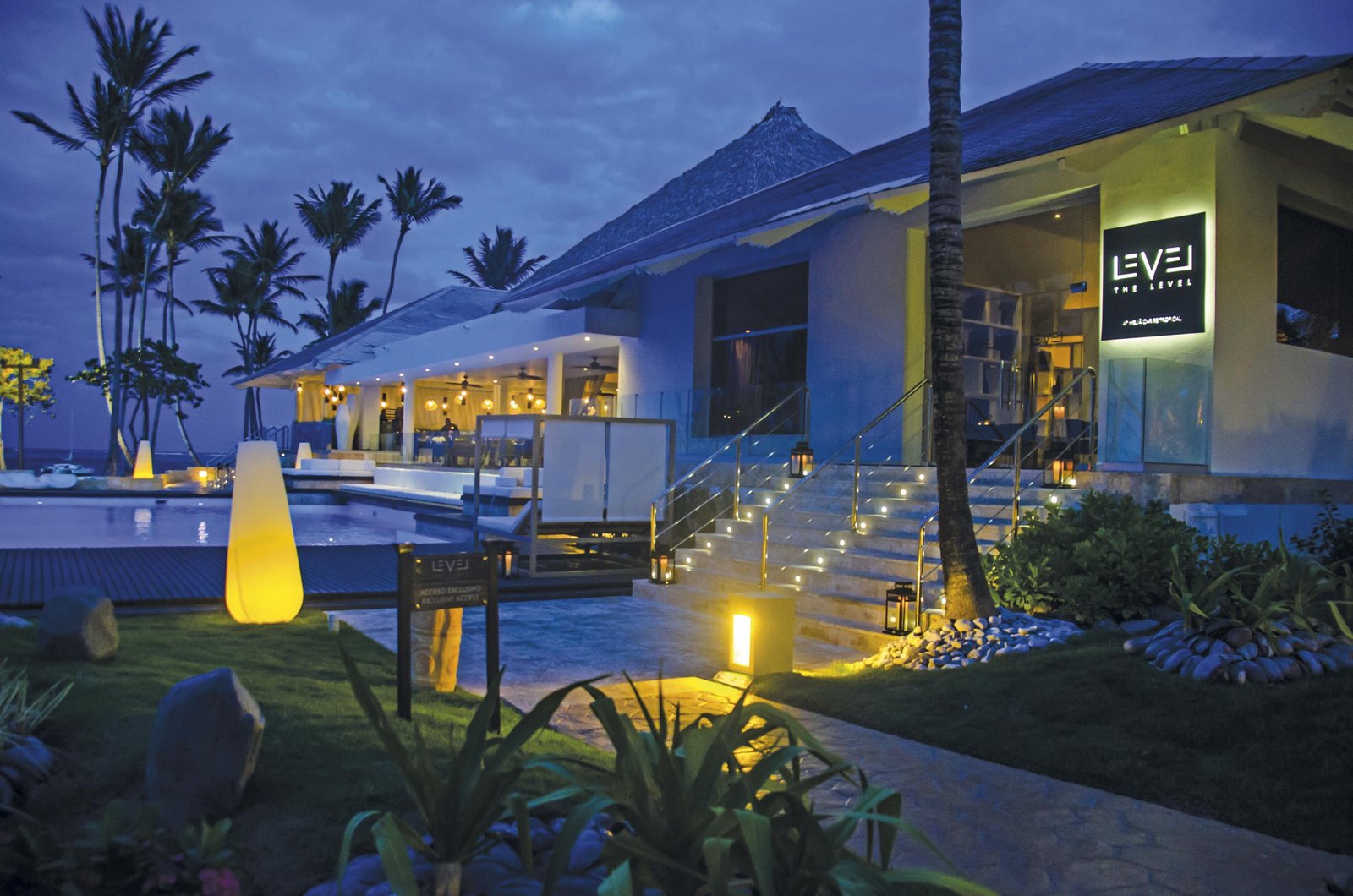
Punta Cana: A Journey of the Senses
Texto y fotos Javier Pinzón
Last April, I was invited to join Copa Colombia’s maiden flight from Bogotá to Punta Cana. The flight began with the famous baptism firefighters give all new destinations: a jet of water (actually, it was more like a shower of rain) was launched at the plane from a fire truck. And with this, I left behind the congested city and headed for Punta Cana in the Dominican Republic.
The Dominican Republic is located on a paradisiacal island bathed by the waters of the legendary Caribbean Sea. Its first people were the Tainos, which means “the good ones.” They called their land Quisqueya, which means “Mother of All Lands.” Christopher Columbus arrived on the island on December 5, 1492 and christened it La Española. Santo Domingo, the capital, was founded in 1496, making it the oldest city in the Americas. The city is home to America’s first Bishopric (1504), first General Captaincy, first Viceroyalty, and first Royal Audience (1511). The first church (Ermita del Rosario, 1496), St. Nicholas Hospital (1503), and the first cathedral (1530) were also built here, but after the North and South American territories were discovered, the island was slowly forgotten.
As we arrived at Punta Cana International Airport, more firefighters welcomed us with a jet of water (baptism takes place both before lift-off and after landing). While the ritual is underway, I look out the window at the beautiful airport that evokes indigenous dwellings made from cactus, and my journey of the senses begins: one look at the airport makes me long for a hammock, the murmur of the sea, and the gentle sea breeze. But first comes protocol; after deplaning we are met by Fausto Fernández, Vice Minister of Tourism; Jennifer Ortiz, the Ministry of Tourism’s head of promotions; Frank Elías Ranieri, Punta Cana Airport’s business manager; and Claudia Estévez, Copa Airlines’s airport manager. The arrival of Copa Colombia’s first direct flight from Bogotá, Colombia is a big deal.

On the way to the hotel, Manuel Tejada, Deputy Director of the Santo Domingo Tourism Office in Colombia, tells us a little about the country’s culture and its heavenly food, especially the Dominican sancocho stew, one of his favorite dishes. We agree to try the dish at some point during our short stay in Punta Cana. Arriving at the hotel we are greeted by a group of folkloric dancers and it is obvious that Dominicans, like most Caribbean people, have music in their blood; the mixing of ethnicities (European, African, and American) and cultures left behind a wonderful combination of sinuous rhythms. Some of the Dominican Republic’s best-known rhythms include merengue; “palo para darte duro” (hard-hitting drums) featuring elongated log drums, idiophones, and voices; work songs synchronized to the rhythm of the task at hand; and bachata, which was stigmatized when it first appeared, but is now recognized internationally as authentically Dominican.
Arriving at my hotel, I feel sure this will be a journey of the senses. The first thing that captures my attention is the turquoise sea, a real feast for the eyes. I can’t resist the urge to feel the white sand so I kick off my shoes, and feel the fine, soft grains of this majestic island beneath my feet. It is a delight for the skin. Then comes the music. Each space in the hotel has its own appropriate, carefully selected music: soft and relaxing in the spa, Mexican music in the restaurant, and Caribbean music in areas reserved for socializing.

After lunch and a tour of the craft stalls, where I see famous Dominican cigars, colorful jewelry inlaid with larimar (blue semi-precious stones native to the Dominican Republic) or amber, striking paintings by local artists, mostly of beaches and groups of islanders, beautiful wood carvings, and bottles of rum and the local mamajuana, I return to my room, but not without first requesting an apple-scented pillow to ensure a good night’s sleep.
We get up early the next day to have breakfast and then spend a very relaxing morning on the beach. In the afternoon, we hike along the vast beach surrounding us. The day is cloudy and we haven’t seen the sun, but as we enjoy the comfortable temperature, we are surprised by a wedding party that suddenly appears: people flock to Punta Cana by the hundreds to be married, taking advantage of both the natural scenery and the luxurious hotels. So here I am, watching two complete strangers exchanging their vows in the middle of paradise. It reminds me of my own marriage, not because mine was on the beach —it was in a misty forest— but because of the obvious emotion in the eyes of these two lovers. And my hiking buddies? Well, they have tears in their eyes too; as soon as the happy couple says “I do” a ray of sun peeks through the clouds to shine down on them: a real Kodak moment.

In the evening, we step out with a bottle of whiskey and Manuel shares some Dominican history with us, explaining that the country was originally inhabited by the Tainos and then became a Spanish and French colony before winning its independence for the first time in December 1821, when José Núñez de Cáceres declared the country’s freedom from Spain. This independence was short-lived, however, as the country was soon occupied by Haitian forces led by Jean-Pierre Boyer. Then, in 1844, thanks to the Trinitarians and Pedro Santana, independence from Haiti was declared, but this didn’t last either; in 1861, Spain once again annexed the island, which led to the War of Restoration from 1863 to 1865. Late that night, having increased my knowledge of Latin American history, we found the only place still open at the hotel for a snack —aboard the train that runs back and forth across the hotel grounds. We continue our talk in the hotel bar where we’re joined by two young men from Kentucky, so I dust off my English and speak with them for a while and then go into the snack bar for a bite to eat before lying down in the arms of Morpheus.
Our third day is an adventure in flavor. With Manuel as our guide, we visit the Casa de Yeya for a taste of delicious Santo Domingo sancocho stew and find that its reputation is not unwarranted. That night, we’re invited to the seven-Michelin star Passion by Martin Berasategui, considered one of the world’s best chefs. We’re offered a tasting menu that presents a fusion of Caribbean and European flavors and my palate rates every dish sublime. I can honestly say the restaurant’s reputation is justified.

On our final day, to complete our journey of the senses, we head to Bavaro Adventure Park, which covers more than sixteen square miles and features ten exciting attractions. At Jurassic Dinosaur Adventure World we dig in the sand for fossils like little children, and then stroll through an exhibit of large-scale animatronic dinosaurs. From there we move on to the Treasure of the Caribbean, where I am tempted to try the Climbing Garden. I would have enjoyed climbing up into the trees like a monkey but there’s not enough time for everything, so we head for the Zip Line where we’re told that the structure was a real challenge to build because the terrain is completely flat.
We get our instructions on site and are set to go. The top of the first tower can be reached either by stairs or by scaling an artificial wall: I, of course, choose the wall. Up on top, it’s all fun, but I check my watch and realize that my time is almost up. I find myself wishing I had more time to enjoy the park, but my flight awaits and we rush back to the hotel where I collect my bags and am spirited away in an airport taxi, leaving behind the beautiful island, spectacular ocean, and warm people.
Where to Stay
There are a wide variety of hotels in Punta Cana. We visited The Reserve at Paradisus Punta Cana, Melia Punta Cana, Bávaro, and Tortuga Bay.
How to Get There
Copa Airlines offers seventy-one weekly flights to the Dominican Republic through the Hub of the Americas in Panama. The new direct route from Bogotá to Punta Cana, which flies on Monday, Wednesday, Friday and Saturday, brings the number of flights up to seventy-five.


